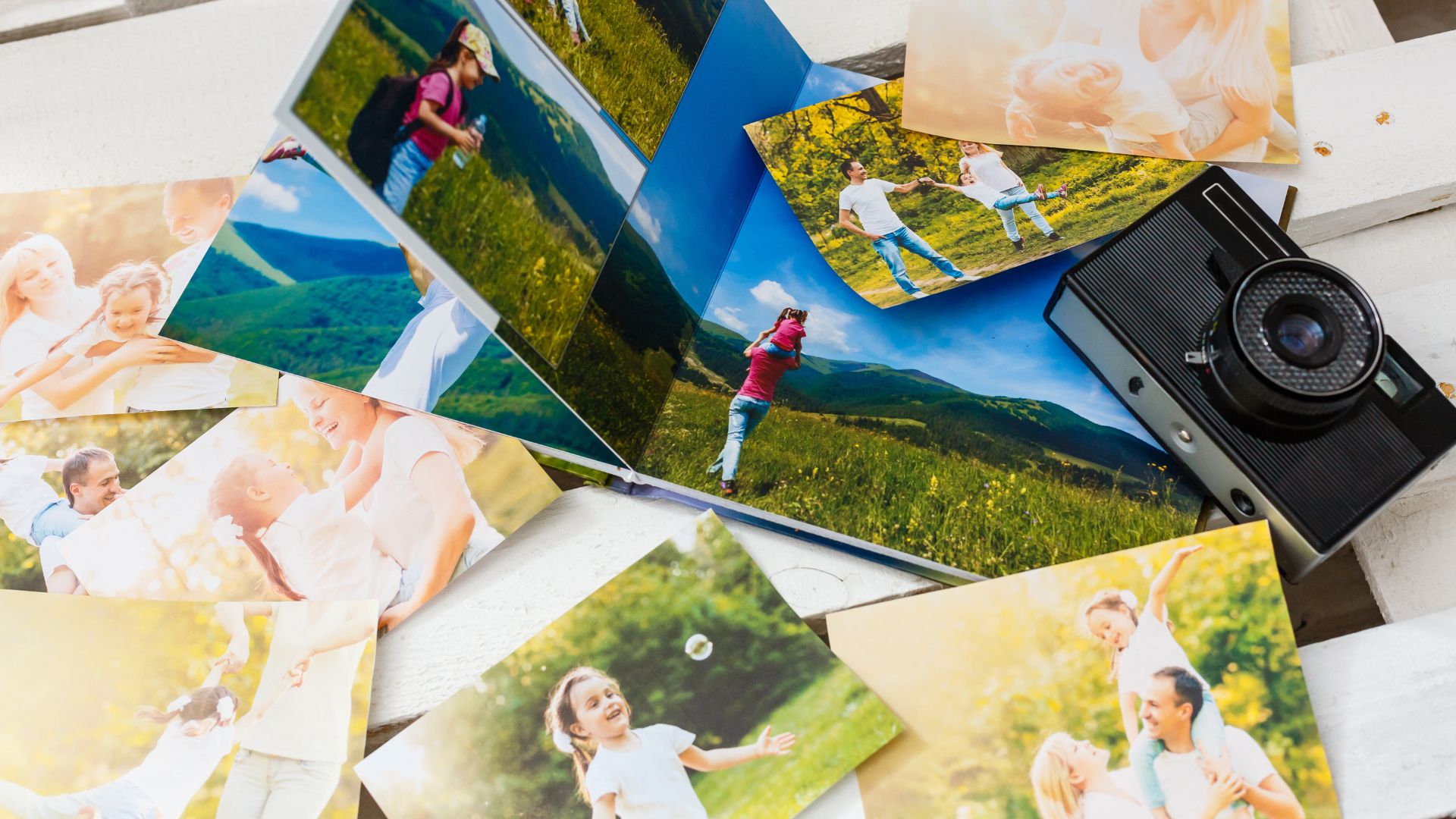Digitising memories has become an essential part of how we preserve the stories of our lives. Let’s dive into a topic that’s close to many of our hearts: keeping those precious memories alive through digital photo and video management. Whether it’s your children’s first steps, unforgettable family holidays, or those cherished moments with friends, preserving these memories is more important than ever. And guess what? It’s easier than you might think. So, grab a cup of tea, and let’s get started!
Why Go Digital?
Before we delve into the nitty-gritty, let’s talk about why digitising your old photos and videos is a fantastic idea. Over time, physical photos can fade, get damaged, or even lost. By converting these memories into digital format, you’re ensuring they last a lifetime and beyond. Plus, digital photos and videos are much easier to share with family and friends, whether they live down the road or across the globe.
Step-by-Step Guide to Digitizing Your Memories
1. Gather Your Materials
First things first, gather all those shoeboxes and albums full of photos. You’ll also need any old video tapes or reels. Here’s a list of what you might need to get started:
- Photo scanner (or a multifunction printer with scanning capabilities)
- Computer or laptop
- External hard drive or cloud storage
- Video converter (for old tapes)
- A bit of patience and a good playlist to keep you entertained!
2. Scanning Your Photos
If you’ve got a photo scanner, fantastic! If not, there are plenty of affordable options available. Here’s a simple way to scan your photos:
- Clean your scanner bed: Dust can ruin a good scan.
- Scan at a high resolution: Aim for at least 300 DPI (dots per inch). This ensures your digital photos are high quality.
- Save in the right format: JPEG is great for photos, but if you want to do any editing later, consider saving in TIFF format.
Digitising memories is also about creating a system that works for you. Once everything is scanned and converted, it’s time to think about how you’ll access and enjoy them in the long term.
3. Digitizing Your Videos
Old home movies can be a bit trickier. If you have VHS tapes, you’ll need a video converter. These devices connect your VHS player to your computer, allowing you to transfer the footage.
- Connect your converter to the VHS player and computer.
- Install any necessary software.
- Start the transfer process: This can take a while, so be patient.
If this sounds a bit daunting, many services can do this for you at a reasonable cost.
Organizing Your Digital Memories
Now that you’ve got your photos and videos in digital form, the next step is organising them. This might sound like a big task, but breaking it down can make it manageable.
1. Create Folders and Subfolders
Start by creating main folders on your computer for different categories, such as “Family”, “Holidays”, “Special Events”, etc. Within these folders, create subfolders by year or specific events.
2. Name Your Files
Giving your files meaningful names can save you a lot of hassle later on. Instead of “IMG_001.jpg”, rename it to something like “1985_Family_Holiday_Cornwall.jpg”.
3. Use Tags and Metadata
Many photo management programs allow you to add tags and metadata to your photos. Tags are keywords like “Christmas”, “Birthday”, “Summer”, which help you search for specific events or people quickly.
Creating Digital Albums and Sharing Memories
1. Digital Albums
Digital albums are a great way to keep your photos organised and accessible. Here are some user-friendly apps and services:
- Google Photos: Free to use, it offers excellent storage options and is very easy to navigate. You can create albums, add tags, and share photos with family and friends.
- Apple Photos: Ideal if you’re already in the Apple ecosystem. It offers similar features to Google Photos and integrates well with other Apple devices.
- Shutterfly: Not only can you create digital albums, but you can also order prints, photo books, and other personalised items.
2. Sharing Your Memories
Sharing your memories has never been easier. Most digital album services allow you to share directly via email, social media, or by sending a link. Here are some additional tips:
- Create a shared family album: This allows everyone to add their own photos and videos, creating a collaborative family archive.
- Use social media wisely: Platforms like Facebook are great for sharing, but remember to check your privacy settings to ensure your photos are only visible to those you trust.
Preserving Your Digital Memories Safely
1. Backup, Backup, Backup!
This cannot be stressed enough. Always have multiple backups of your digital memories. Here are some options:
- External Hard Drives: These are relatively inexpensive and can store a large amount of data. Make sure to store them in a safe place.
- Cloud Storage: Services like Google Drive, Dropbox, and iCloud offer reliable cloud storage solutions. They also provide the added benefit of accessing your photos and videos from anywhere.
- Physical Copies: While not strictly digital, having physical prints or copies of particularly special photos can be a nice backup.
2. Regular Updates and Checks
Make it a habit to regularly update your backups and check your storage devices. This way, you can catch any issues early and ensure your memories are safe.
3. Digital Legacy
Think about your digital legacy. Many services now offer options to nominate someone to manage your account in case anything happens to you. It’s a thoughtful way to ensure your family can access your treasured memories.
Final Thoughts
Digitising and managing your photos and videos may seem like a daunting task, but taking it one step at a time can make it quite manageable. Plus, the reward of having all your precious memories preserved and easily accessible is well worth the effort. So, set aside some time, maybe enlist a tech-savvy grandchild, and start your journey into the digital world. Happy memory keeping!

